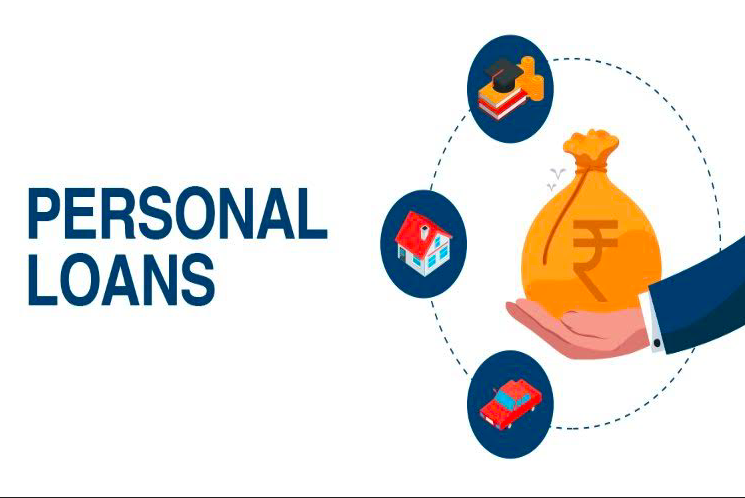Student loans are often essential for pursuing higher education, but borrowers must navigate potential pitfalls to avoid falling victim to predatory practices. In this article, we’ll explore seven predatory student loan practices to watch out for. From misleading marketing schemes to abusive debt collection tactics, understanding these strategies is crucial for protecting yourself from unnecessary financial hardship. By shedding light on these predatory practices, we aim to empower borrowers with the knowledge they need to make informed decisions and navigate the complex world of student loans with confidence.

7 Predatory Student Loan Practices to Avoid are:
Misleading Marketing Tactics
Misleading marketing tactics are a prevalent form of predatory behavior in the student loan industry. Lenders often employ deceptive language or promises to attract borrowers, concealing unfavorable terms and conditions. Common tactics include exaggerated claims of low interest rates, guaranteed approval, or misleading comparisons to federal loan options.
Some lenders may use unclear or ambiguous language in advertisements to obscure important details, such as hidden fees or variable interest rates. To avoid falling victim to misleading marketing tactics, borrowers should carefully review loan offers, read the fine print, and ask questions about any terms or conditions that seem unclear. It’s crucial to conduct thorough research and seek advice from trusted financial professionals or counselors before committing to any student loan agreement. By remaining vigilant and informed, borrowers can protect themselves from deceptive practices and make sound financial decisions.
High-Pressure Sales Tactics
High-pressure sales tactics are predatory strategies employed by some lenders to coerce borrowers into taking out student loans or signing up for unnecessary services. These tactics often involve aggressive and persistent marketing techniques, such as repeated phone calls, urgent deadlines, or false scarcity claims. Lenders may use fear or intimidation to pressure borrowers into making hasty decisions, sometimes pushing them to borrow more than they need or can afford.
To avoid falling victim to high-pressure sales tactics, borrowers should remain vigilant and assertive, refusing to be rushed or intimidated into making financial commitments. It’s essential to take the time to thoroughly research loan options, compare terms and conditions, and seek advice from trusted financial advisors or counselors. By staying informed and assertive, borrowers can protect themselves from predatory lenders and make informed decisions about their student loans.
Excessive Fees
Excessive fees are predatory practices that can significantly inflate the cost of student loans. Lenders often impose various fees, such as origination fees, late fees, or prepayment penalties, which can add substantial amounts to the overall loan balance. Origination fees, typically a percentage of the loan amount, are charged upfront for processing the loan and can range from hundreds to thousands of dollars. Late fees accrue when borrowers miss payments or pay after the due date, further increasing the financial burden.
Prepayment penalties penalize borrowers for paying off their loans early, discouraging responsible financial behavior. To avoid excessive fees, borrowers should carefully review the terms and conditions of loan agreements, paying attention to fee structures and potential penalties. Comparing loan offers from multiple lenders and opting for loans with minimal fees can help borrowers save money and avoid unnecessary financial strain in the long run.
Variable Interest Rates
Variable interest rates pose a significant risk for borrowers, as they can fluctuate over time, leading to unpredictable changes in monthly payments and overall loan costs. Unlike fixed interest rates, which remain constant throughout the loan term, variable rates are tied to market benchmarks such as the prime rate or LIBOR, subject to periodic adjustments. While variable rates may start lower than fixed rates, they can increase significantly, potentially resulting in higher payments and increased financial strain.
Borrowers considering loans with variable rates should carefully assess their risk tolerance and ability to absorb potential rate hikes. Additionally, borrowers should be aware of rate caps, periodic adjustment intervals, and lifetime rate caps, which limit how much and how often rates can change. By understanding the risks associated with variable interest rates and considering alternative financing options, borrowers can make informed decisions to mitigate potential financial challenges.
Lack of Transparency
Lack of transparency in student loan agreements is a predatory practice that can leave borrowers vulnerable to hidden costs, unfavorable terms, and unexpected consequences. Some lenders may fail to disclose important information about loan terms, repayment options, or potential risks, making it difficult for borrowers to fully understand the implications of their borrowing decisions. Common examples of lack of transparency include vague or ambiguous language in loan documents, undisclosed fees or charges, and misleading representations about interest rates or repayment terms.
To protect themselves from predatory practices stemming from lack of transparency, borrowers should thoroughly review all loan documents, ask questions about any terms or conditions that are unclear, and seek clarification from lenders or financial advisors. By demanding transparency and holding lenders accountable for providing clear and accurate information, borrowers can make more informed decisions and avoid falling victim to deceptive lending practices.
Aggressive Debt Collection Practices
Aggressive debt collection practices are predatory tactics employed by some lenders or servicers to coerce borrowers into making payments, often through intimidating or harassing methods. These practices may include incessant phone calls, threatening letters, or even legal action. Such tactics can cause significant stress and anxiety for borrowers and may lead to detrimental financial consequences.
Some debt collectors may employ deceptive or misleading tactics to manipulate borrowers into paying debts they may not owe. To protect themselves from aggressive debt collection practices, borrowers should be aware of their rights under the Fair Debt Collection Practices Act (FDCPA) and other relevant consumer protection laws. They should also maintain documentation of all communications with debt collectors, including recording phone calls when permitted by law. Seeking assistance from legal professionals or consumer advocacy organizations can also help borrowers navigate challenging debt collection situations and ensure fair treatment.
Unreasonable Forbearance or Deferment Policies
Unreasonable forbearance or deferment policies are predatory practices that can trap borrowers in cycles of debt and financial hardship. Some lenders offer forbearance or deferment options that may seem helpful in times of financial difficulty, but come with hidden fees, extended repayment terms, or adverse long-term consequences. For example, capitalized interest during forbearance periods can cause loan balances to balloon, increasing the overall cost of the loan.
Additionally, some lenders may impose strict eligibility criteria or limit the duration of forbearance or deferment periods, leaving borrowers with few options for relief. To avoid falling victim to unreasonable forbearance or deferment policies, borrowers should carefully review the terms and conditions of their loans, understand the potential costs and implications of utilizing these options, and explore alternative repayment or hardship assistance programs whenever possible. Being informed and proactive can help borrowers protect themselves from predatory lending practices and maintain financial stability.
Conclusion
In conclusion, navigating the complex landscape of student loans requires vigilance and awareness to avoid predatory practices. By understanding and recognizing the signs of predatory behavior, borrowers can protect themselves from unnecessary financial burdens. It’s crucial to thoroughly review loan agreements, ask questions, and seek assistance when needed. Additionally, advocating for transparency and fair treatment from lenders and servicers is essential. With informed decision-making and proactive measures, borrowers can mitigate the risks associated with predatory student loan practices and achieve greater financial security. Ultimately, empowering borrowers with knowledge and resources is key to ensuring a fair and equitable lending environment for all.
Also Read:

Hello, I am Tanisha Kriplani, graduated in computer science from Delhi University. I am passionate about web content writing and have a strong interest in Data Analytics and Data Engineering.












